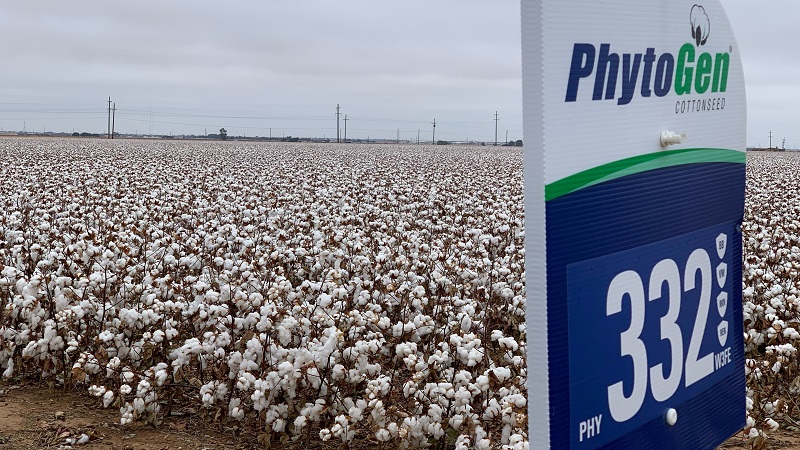Migrant Workers Return to Xinjiang for Cotton Harvest
The first wave of workers has arrived in the annual migration to China’s restive western region of Xinjiang this year to pick cotton, according to a report on Friday by Xinhua, the state news agency.
The workers are mostly ethnic Han and are the first large batch of migrant workers to make the journey to Xinjiang since deadly ethnic rioting broke out this summer.
The Xinhua report appeared intended to support the government’s contention that harmony had been restored to the region and that migrant workers felt safe enough to travel there in large numbers.
On July 5, ethnic Uighur mobs went on a rampage through the streets of Urumqi, the capital of Xinjiang, after clashes erupted between Uighur protesters and riot police officers. At least 197 people were killed and 1,721 injured, most of them Han civilians, according to state news organizations.
The rioting was the deadliest outburst of ethnic violence in China in decades.
Uighurs interviewed in Urumqi said the government had underestimated the number of Uighur casualties, especially those victimized by vengeful Han mobs in the days afterward. The Uighurs are a Turkic-speaking people who mostly follow Sunni Islam. The Han are the dominant group across China. In Xinjiang, the Uighurs are still the largest ethnic group, but an influx of Han migrants in recent decades is changing the demographic.
The Chinese government has blamed Rebiya Kadeer, a Uighur exile who lives in the Washington area, for the initial rioting. She has denied involvement. Uighurs in Urumqi said anger against the Han and the Han-dominated government had been simmering. The Uighurs say they feel intense discrimination in Xinjiang, and they often complain about the Han migrants who compete with Uighurs for jobs.
Many Uighurs question why companies in Xinjiang, including large government-run farms, employ so many Han migrants when there is a high unemployment rate among Uighurs.
The Xinhua report on Friday said most of the cotton pickers were women from the northwestern provinces of Gansu and Qinghai, the Ningxia Hui Autonomous Region and the central province of Henan.
A total of about 1,600 workers from Henan arrived at their work sites late Wednesday and early Thursday, Xinhua reported. In all, 100 trains full of workers will arrive in Xinjiang through mid-September.
Xinjiang, a vast territory that makes up one-sixth of China, is the largest cotton-producing region in the country.
The Xinjiang Production and Construction Corps, the state enterprise that runs the bingtuan, the vast farms set up in the 1950s and afterward by the People’s Liberation Army to help populate the frontier region, reported a drop in the number of migrants going to Xinjiang after the July riots.
“In half a month after the violence, there was a huge shortage of tomato pickers,” Wang Wei, a bingtuan official, told Xinhua. “Many migrant workers didn’t dare to come here.”
Another bingtuan official, Sun Zhiqiang, said the migrants earned the equivalent of nearly $15 a day on average.








